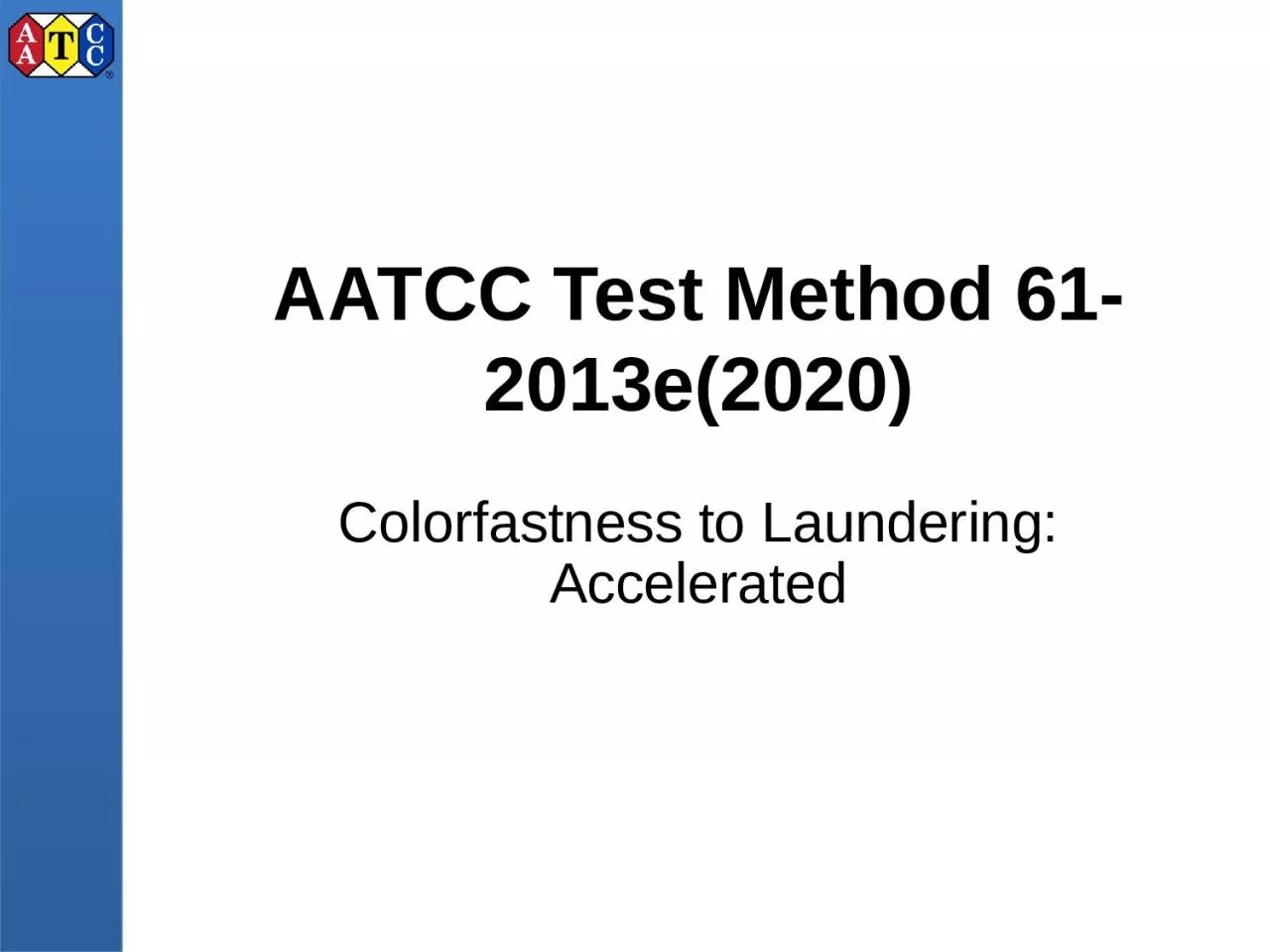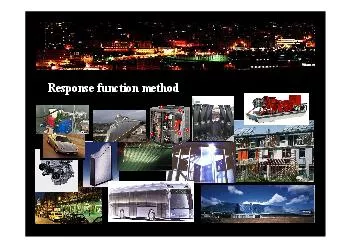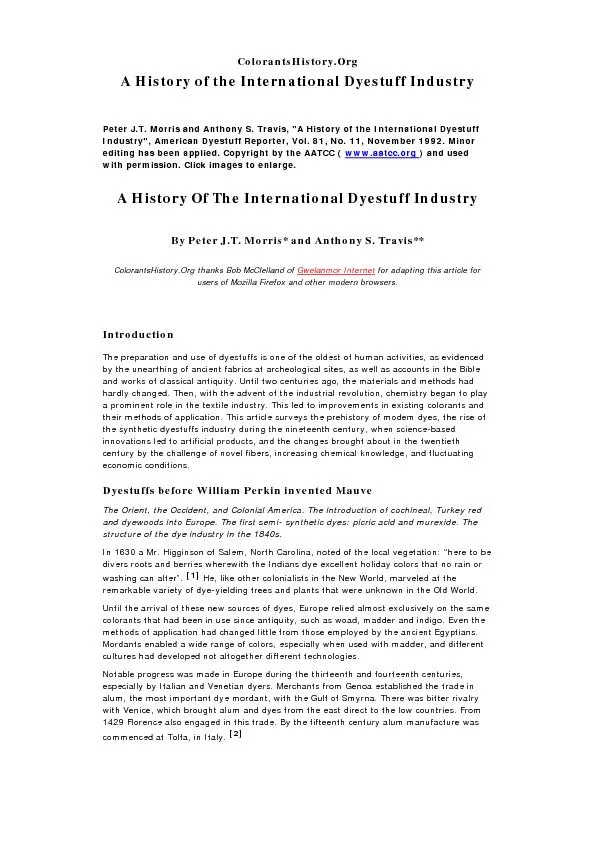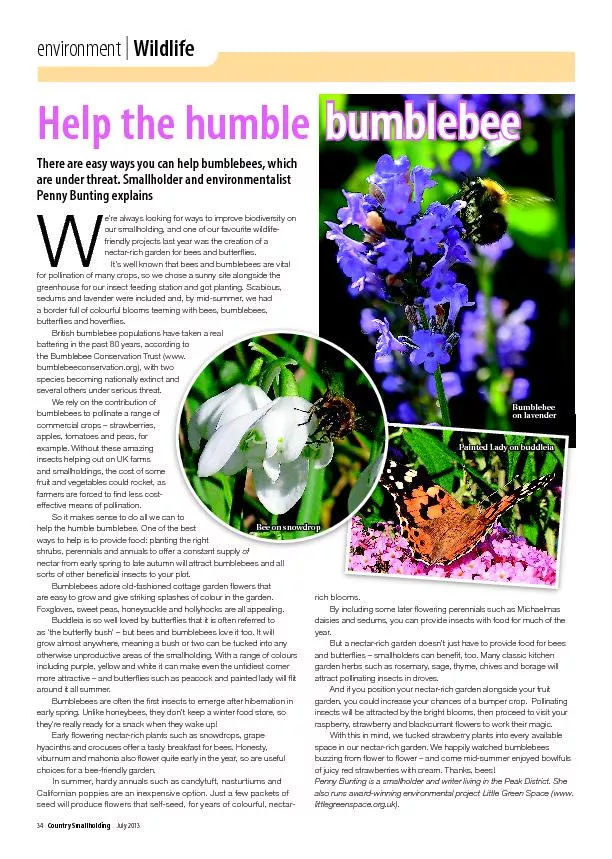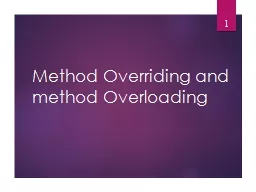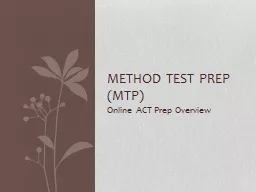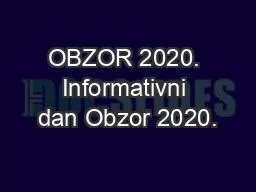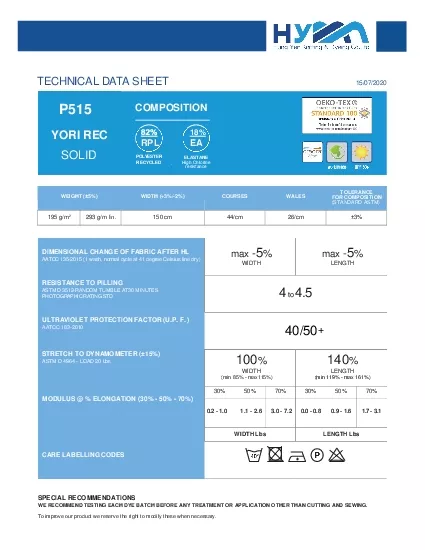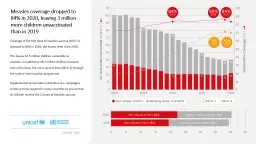PPT-AATCC Test Method 61-2013e(2020)
Author : emery | Published Date : 2023-09-20
Colorfastness to Laundering Accelerated Principle An accelerated test 45 minutes or less produces color and surface changes similar to that produced by five hand
Presentation Embed Code
Download Presentation
Download Presentation The PPT/PDF document "AATCC Test Method 61-2013e(2020)" is the property of its rightful owner. Permission is granted to download and print the materials on this website for personal, non-commercial use only, and to display it on your personal computer provided you do not modify the materials and that you retain all copyright notices contained in the materials. By downloading content from our website, you accept the terms of this agreement.
AATCC Test Method 61-2013e(2020): Transcript
Download Rules Of Document
"AATCC Test Method 61-2013e(2020)"The content belongs to its owner. You may download and print it for personal use, without modification, and keep all copyright notices. By downloading, you agree to these terms.
Related Documents

